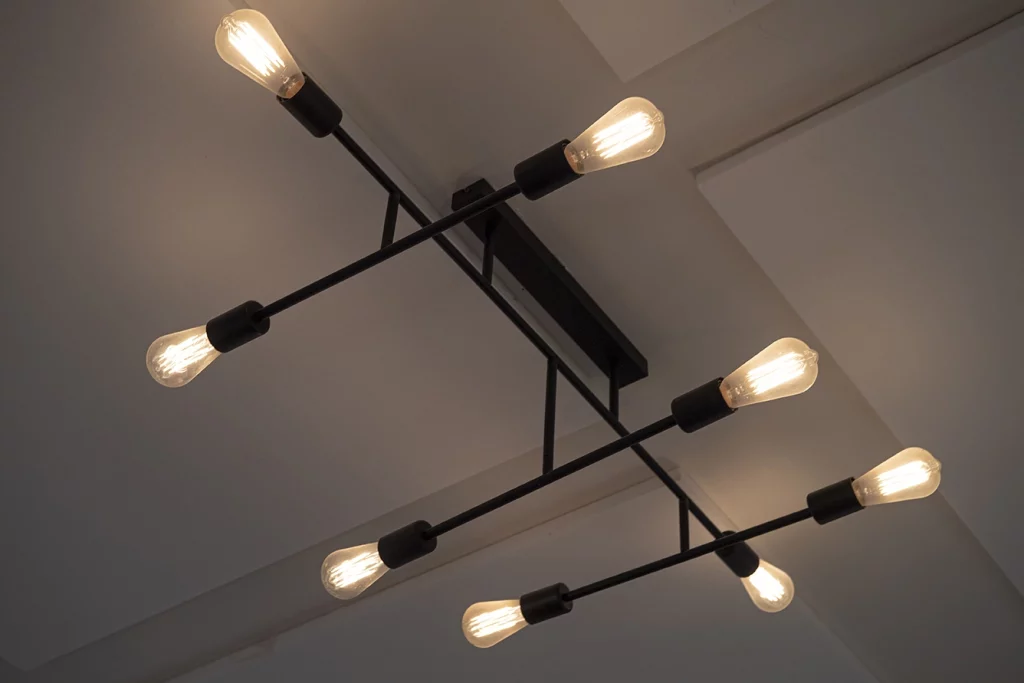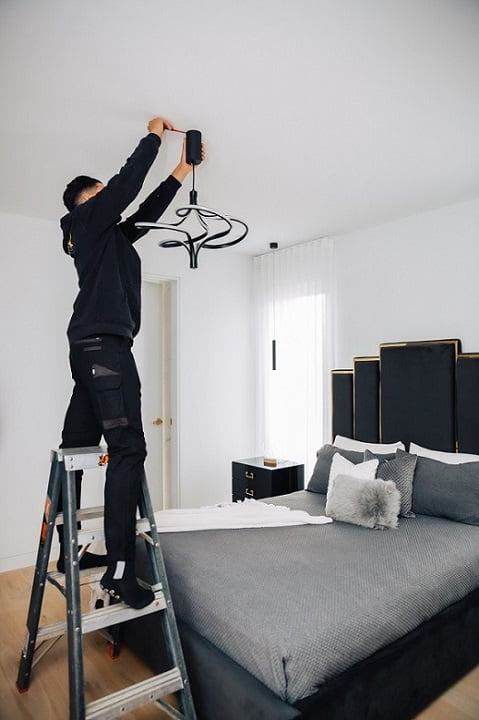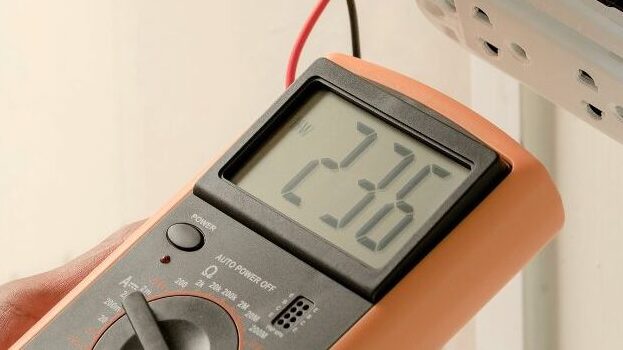Uncover the Key Factors Contributing to Your LED Light’s Unanticipated Dimming Problems
Immediate Solutions:
When your LED light suddenly dims, it is often linked to a voltage issue, circuit overload, excessive heat, poor-quality connections, or the installation of subpar LED bulbs. For detailed strategies to effectively address these issues and restore your lighting to its full glory, keep reading.
Identify the 5 Main Reasons for LED Light Dimming and Explore Effective Solutions
LED lights are celebrated for their durability, often advertised to last for years without failure. However, some may not even survive a single season. Whether you’re lighting up your kitchen with stylish downlights, illuminating your garden decor, or adorning your home with festive Christmas LED lights, sudden dimming can be frustrating and troubling. This thorough guide will explore the leading causes of LED dimming while providing you with reliable troubleshooting methods to return your lighting to its ideal brightness.

1. Understanding How Voltage Drops Cause LED Lights to Dim Unexpectedly
The most common reason for LED lights dimming unexpectedly is a voltage drop. When the voltage supplied to the light fixture falls below the necessary level for optimal performance, the brightness of the light diminishes significantly. But what causes this voltage drop? Several factors contribute to this problem:
- Temporary interruptions in the power grid
- Overloaded local circuits
- Wiring runs that are excessively long and utilize thin cables
- Faulty switchboards or inadequate connections
Voltage drops can pose serious problems, particularly with budget LED lights that often lack effective voltage regulation and are highly sensitive to minor fluctuations. For optimal performance, always consider upgrading to high-quality products designed to manage these variations effectively.
Also Read: 10 Ways to Save On Power And Energy Costs
2. Identifying Overloaded Circuits in Older Homes: Key Indicators
Overloading your electrical circuits by plugging in too many appliances or devices can place immense strain on your power supply. When a circuit struggles to meet the demand, the voltage distribution among devices becomes uneven, resulting in dimming lights, particularly for sensitive LEDs. This problem is particularly prevalent in older homes built before the advent of modern energy-efficient technologies. Signs of overloaded circuits typically include:
- Flickering or unstable lights
- Buzzing or humming switches
- Dimmed lighting, particularly in affordable LED models that may lack necessary protective features.
Request a Quote and Inquire About Our FREE Electrical Inspections
3. Strategies to Fix Loose Connections and Damaged Wiring
Inadequate power delivery can arise from loose connections or deteriorating cables. If your light flickers or dims when adjusting a switch or device, it may suggest that connections are loose. Here are some critical areas to check:
- Confirm that the bulb is firmly seated in its socket
- Watch for flickering at the wall switch
- Inspect for burn marks, discoloration, or strange buzzing noises
Important: Many inexpensive LED lights utilize thin or low-quality internal wiring, which makes them more prone to failure due to heat or movement. Regular inspections and maintenance are vital to prevent unexpected issues from arising.
Also Read: Keep Your Pets Safe Around Electricity
4. Understanding the Risks of Overheating in LED Lights
Although LEDs generate less heat compared to traditional incandescent bulbs, they still require effective heat dissipation to function properly. If an LED overheats, it will automatically dim to prevent damage. Several factors can contribute to overheating:
- Enclosed light fittings that inhibit airflow
- Defective heat sinks, particularly in lower-cost models
- Excessively high ambient temperatures
- Insufficient air circulation around the fixture
If your LED fixture feels hot to the touch, it is likely suffering from overheating. This issue is particularly common with inexpensive, poorly ventilated LED downlights or garden lights that are installed in direct sunlight without sufficient thermal protection.

5. The Impact of Lumen Depreciation on LED Brightness Over Time
Even high-quality LEDs will gradually diminish in brightness with prolonged usage, a process known as lumen depreciation. Premium-grade LEDs can maintain about 70% to 90% of their brightness after around 50,000 hours of operation. In contrast, cheap LED products may start to fade after only 5,000 to 10,000 hours and often do so unevenly. If your light appears to be:
- A budget model, it may simply be nearing the end of its lifespan.
- Several years old and frequently used
- Experiencing overuse
Why Do Affordable LED Lights Fail Prematurely?
During festive seasons, inexpensive LED lights flood the market, available in various forms such as string lights, downlights, and garden features. The potential drawbacks associated with these products include:
- Inconsistent voltage tolerance: making them vulnerable to flickering and dimming
- Poor heat management: heightening the risk of overheating
- Low-quality drivers: which fail to effectively regulate electrical current
- Lack of weatherproofing: rendering them unsuitable for outdoor applications
Holiday Shopping Tip: When selecting LED Christmas lights, choose products that feature:
- IP65+ waterproof rating
- Certification compliance marks (e.g., RCM)
- Reputable brands (steer clear of lesser-known bargain brands)
While choosing cheaper lights may save you money in the short term, they can lead to higher costs in terms of replacements, safety, and long-term frustration.
Practical Solutions for Addressing Dim LED Lights
Check for Loose Connections and Signs of Overheating
Start by thoroughly inspecting your light fixture. Is the bulb tightly secured? Are there noticeable signs of fraying, corrosion, or damage? If you spot anything unusual, do not attempt to fix it yourself, particularly if wires are exposed or if the fixture appears burnt or melted. Carefully touch the fixture; if it feels excessively hot—think “it-could-cook-an-egg” hot—that’s a significant warning sign. Overheating fixtures pose serious safety hazards and usually necessitate replacement.
Need expert help? We are Beacon Lighting Recommended Electricians, specializing in installing and replacing LED fittings. Whether you’re located in Braybrook, Yarraville, or nearby areas, Electrx can address the issue safely and efficiently.
Use a Multimeter to Measure Voltage Levels
If your LED is dim due to low voltage, utilizing a multimeter will assist in pinpointing the issue. Testing the voltage at your LED fixture will reveal whether your lights are receiving the correct power supply. Compare the measured voltage with the recommended specifications for your specific LED lights. If the voltage is lower than needed, this may explain the dimming. If the voltage consistently falls short, you may be facing a more significant electrical issue and should consult a licensed electrician for further investigation.
If you discover low voltage across multiple fixtures, there is likely a larger wiring or switchboard issue at play.

Check Your Dimmer Switch for Proper Settings
We often field questions like this:
“Why is my light dim?”
Us: “Do you have a dimmer switch?”
Them: “…oh.”
Ensure that no accidental adjustments have been made to the dimmer, and check for compatibility issues with your specific LED model.
Inspect the Circuit by Turning Off Other Devices
Switch off other devices connected to the same circuit as your LED lights. If your lights become brighter, you may be dealing with an overloaded circuit. Consider implementing the following steps:
- Redistributing devices to different circuits to balance the load
- Upgrading your switchboard for improved performance
- Replacing budget LEDs with more efficient models
Also Read: Electrical Upgrades For Your Office
Replace the LED Bulb if All Else Fails
If none of these solutions rectify the issue, your LED might simply be reaching the end of its lifespan. Test by swapping it with another LED bulb from your home. If the replacement bulb restores full brightness, then the old bulb was likely due for retirement. In that case, proceed to purchase a new LED bulb. However, if changing bulbs does not resolve the issue, the underlying cause likely lies elsewhere.
Crucial Insights Regarding LED Dimming Problems
Why did your LED light suddenly dim? The potential causes could include:
- Voltage drops affecting overall performance
- Loose connections disrupting power flow
- Heat buildup compromising the functionality
- Circuit overload due to too many devices
- Or the LED itself—especially if it is a budget model
With this guide, you now have the knowledge to check and rectify the situation effectively.
However, if you’re uncertain or notice any signs of damage, never compromise on electrical safety.
Trust Electrx for Professional Solutions to Your LED Problems
We are licensed electricians and recognized installers for Beacon Lighting. Our extensive range of services includes:
- Testing and replacement of LEDs to ensure both safety and functionality
- Circuit diagnosis to identify and rectify any issues
- Solutions for overload and overheating challenges
- Safe, durable electrical upgrades for your home
If you have any uncertainties regarding electrical matters, it is always advisable to consult a professional electrician, such as Electrx Electricians. Contact us today for expert assistance and peace of mind.

Common Questions About Troubleshooting LED Lights
Q: Why is my new LED bulb already dim?
A: This could be due to a voltage drop, faulty wiring, or a low-quality LED lacking sufficient voltage regulation. Consider swapping it with a high-quality LED to see if that resolves the issue.
Q: Do inexpensive LED lights dim more quickly?
A: Yes, absolutely. Budget LEDs often lack adequate heat sinks and stable drivers, leading to premature lumen loss, flickering, and dimming—especially in hot or outdoor environments.
Q: Why do my Christmas lights flicker and fade?
A: Seasonal LED string lights are frequently made using lower-grade components. Environmental exposure, overuse, and power surges can all contribute to dimming. Always choose outdoor-rated, certified lighting to ensure durability and longevity.
Q: Can I fix dimming LED lights on my own?
A: You can troubleshoot by checking fittings, testing voltage levels, and replacing the bulb. However, if the problem persists—especially across multiple fixtures—reach out to a licensed electrician for professional help.
The Article: LED Light Dim? Discover the Reasons Behind It first appeared on https://writebuff.com
The Article LED Light Dim: Uncover the Causes of Dimming Issues Was Found On https://limitsofstrategy.com
The Article LED Light Dim: Discover What Causes Dimming Problems First Appeared ON
: https://ad4sc.com
Comments are closed